On Tuesday the DfE announced a package of (mostly) new measures to support the education of children in lower attaining areas of the country. They have identified 55 ‘cold spots’ and designated these as Education Investment Areas in which investment and support will be concentrated.
Under one of the new measures – which may sound familiar to some – schools in these areas that have received an outcome less than ‘good’ in successive Ofsted inspections may be moved into ‘strong’ multi-academy trusts.
In this post, we’ll take a look at how many schools this might actually affect.
How many schools receive successive low inspection grades?
We’ll be using publically available data published by Ofsted. This allows us to observe the results of schools’ latest and previous inspections.
The table below shows the number of schools that were graded less than good (i.e. as either requires improvement or inadequate) in two successive inspections, broken down by phase of education and whether they are in one of the new Education Investment Areas (EIAs).

Just 1,215 of the roughly 22,000 schools in the country were graded less than good in two successive inspections – this works out as around 6%. A slightly higher proportion of schools in EIA areas fell into this category – around 7%.
But even that might be something of an overestimate. Schools that transform to sponsor-led academies, or move between sponsors, are treated as new schools for the purposes of inspections. So we should really only count those schools where this did not happen.
The table below shows sponsored academies and free schools (including studio schools and university technical colleges) with two successive low inspection grades, broken down by EIA area and whether they either became sponsor-led or changed sponsor since their latest (or last-but-one) inspection. We do this by examining changes in school identifier (URN) since most recent (and last-but-one) inspection.

Sponsored schools make up 325 of the 612 schools we’ve identified in EIA areas. Most of these – 235 schools – changed sponsor since their last-but-one inspection. In these instances, Ofsted reset the clock so they can be discounted. This leaves 90 schools that receieved successive poor inspection grades while with their current sponsor.
Subtracting the 235 who changed or gained a sponsor from the total leaves just 377 schools in EIAs that have received two successive grades below good.
How many are already in a MAT?
In theory, all schools that received successive inspection grades less than good would be subject to moving to a ‘strong’ multi-academy trust (MAT) under the new measures. It’s not yet clear how ‘strong’ will be defined (the Confederation of School Trusts has some ideas) or whether this might affect schools that are already part of a MAT that isn’t deemed to be strong.
But we think it’s worth looking at how those affected schools in EIA areas break down by school type.
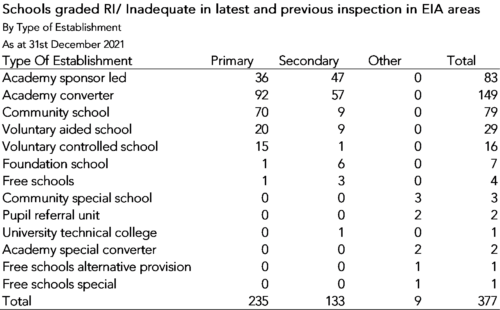
The majority are academies, and 224 of these are already part of a MAT. Just 153 are not, and 18 of these are single academy trusts (SATs).
How many MATs could be affected?
Now we’ll take a closer look at the 224 schools in EIAs that received successive poor inspection outcomes and are already part of a MAT.
The table below shows the number of MATs, and schools within MATs, that could be affected, broken down by size of MAT.

163 different MATs could be affected by the proposals. For the majority of these, just one or two schools within the MAT could be affected, although a handful have up to five schools that could be affected.
A note on academy converters
We’ve seen that most of the 377 schools in EIAs with successive poor inspection grades are currently academies., of which 150 of are academy converters.
Ofsted also treats converter academies as new schools when it comes to inspection. Of the 150, just 53 have had two successive poor inspection outcomes since converting.
The upshot
This measure is only likely to affect a small number of schools. By our count, just 153 schools in EIAs that have had successive poor inspections grades are not already part of a MAT. And the majority of these have already either transformed to a sponsor-led academy or changed sponsor since receiving the grades.
It remains to be seen how the government proposes to identify ‘strong’ MATs and if it is proposing to move schools between MATs if both are deemed to be underperforming. If so, then we think there are around 90 academies that have had successive less than good inspections whilst with their current sponsor.
This post was revised on 3 February to take full account of the fact that schools that transform to sponsor-led academies, or move between sponsors, are treated as new schools for the purposes of inspections

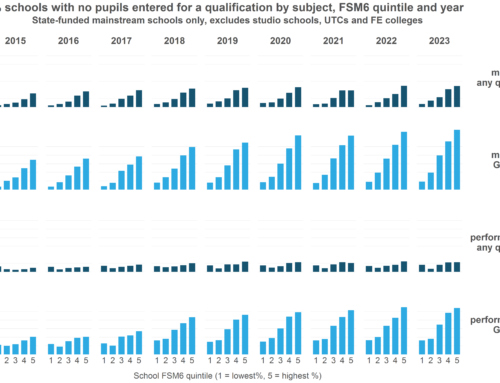
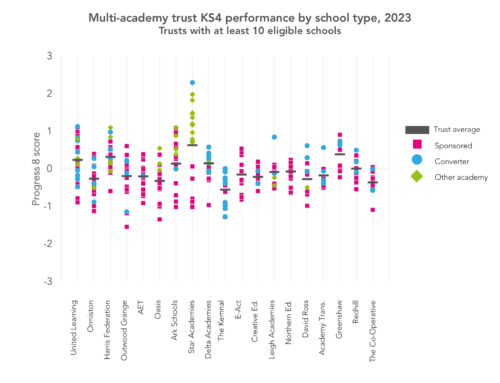
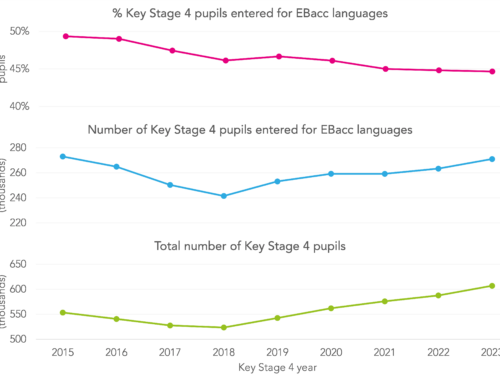

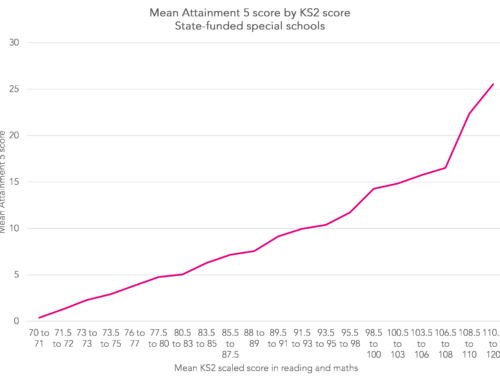
Leave A Comment